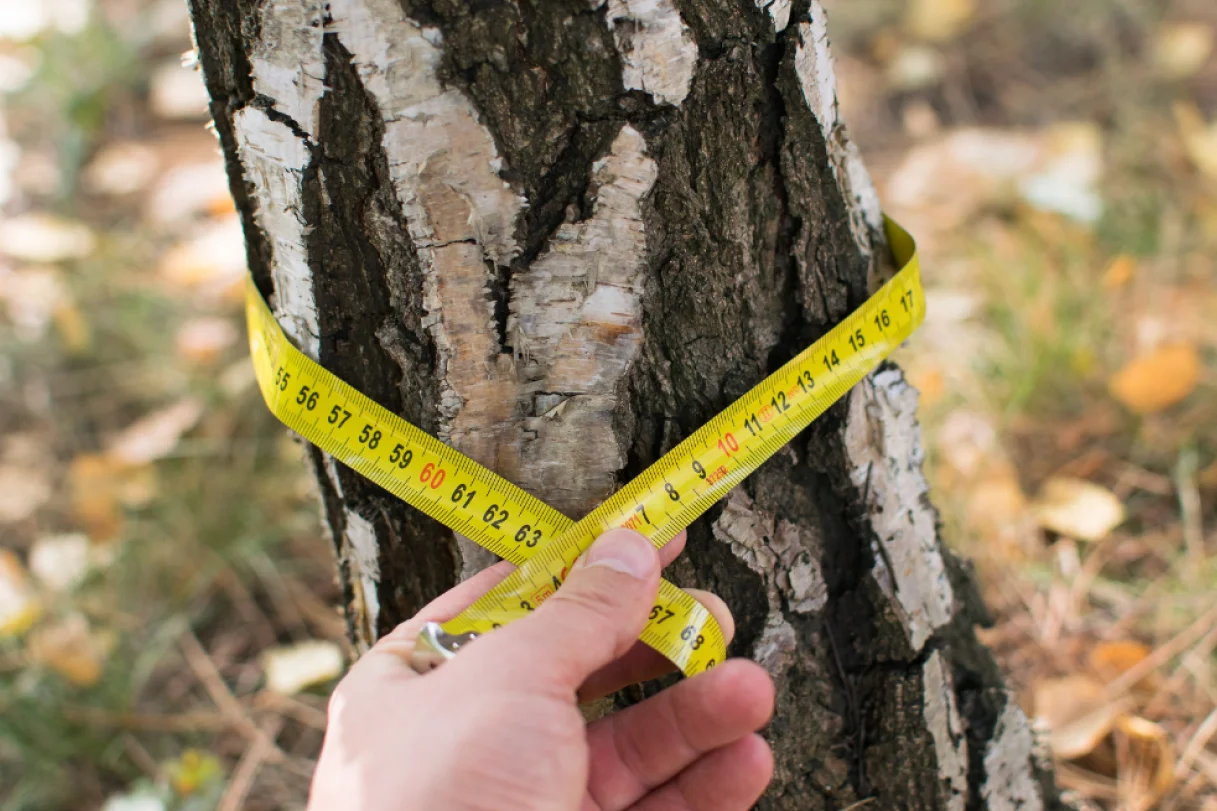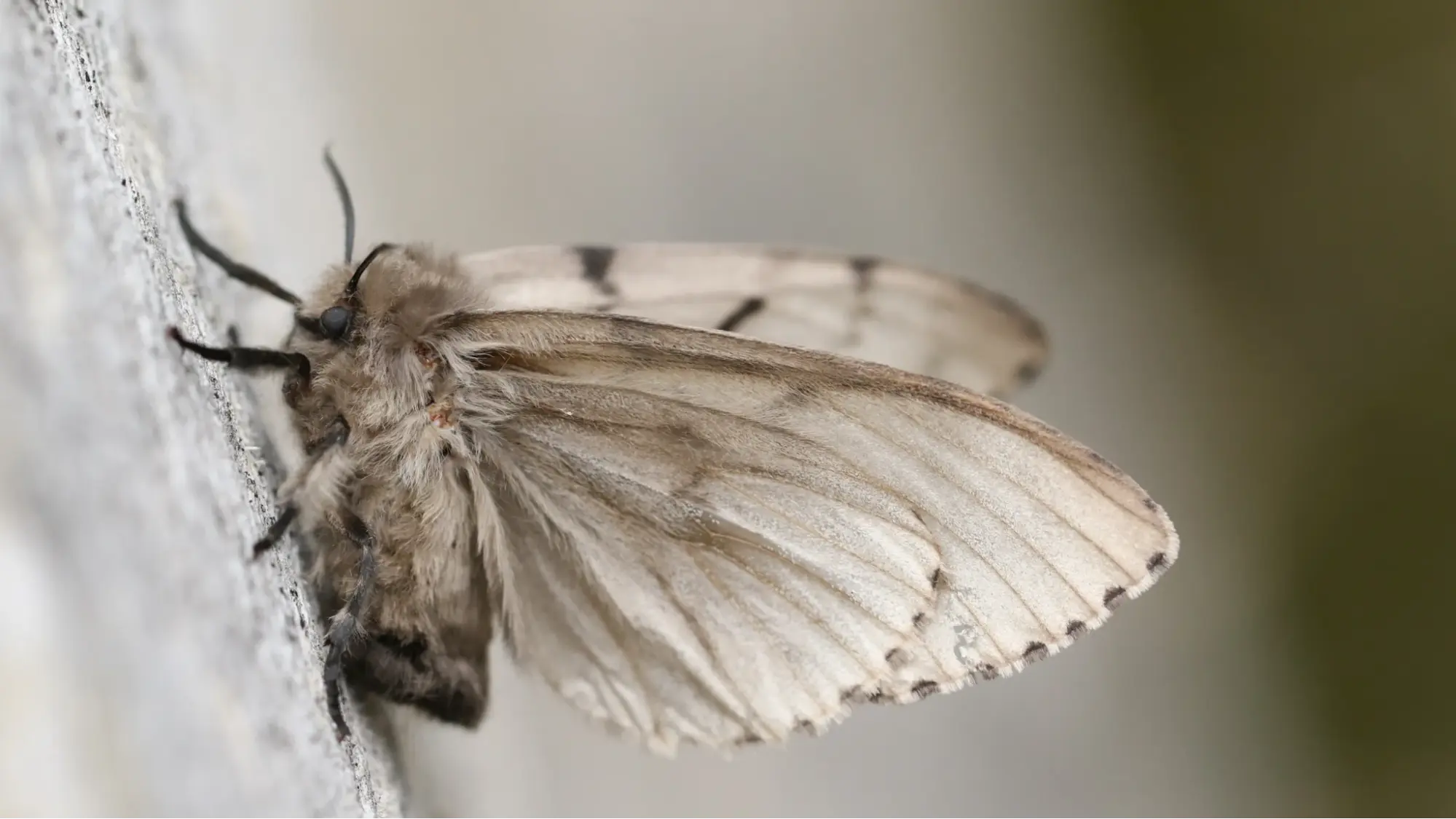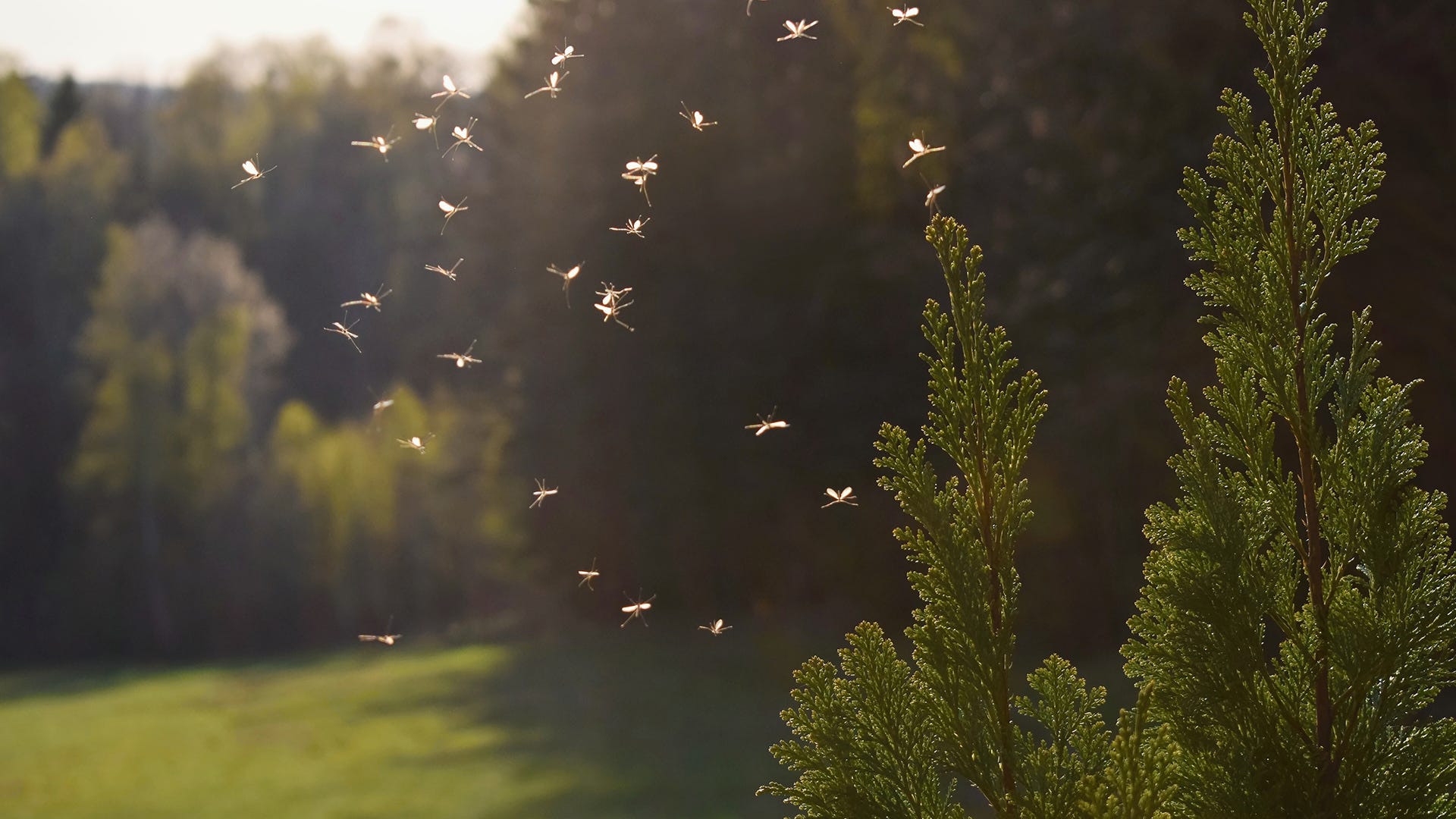Yards with large trees are often disrupted by surface roots, which can make law maintenance difficult and can crack sidewalks. More than anything, they are just not appealing to the eye and are a potentially dangerous tripping risk to passers-by. What to do? Here are a few great suggestions on managing surface roots and some insight into what causes them.
What causes surface roots?
Poor soil quality can increase the risk of production of surface roots.
The foundations of most trees are found in the main 12 inches of soil. These roots infrequently become profound unless the tree is planted in free and powdered soil.
Compacted soils frequently found in metropolitan regions can also cause surface establishing. Other contributing factors can include disintegration of dirt around the roots from frequent downpour and wind.
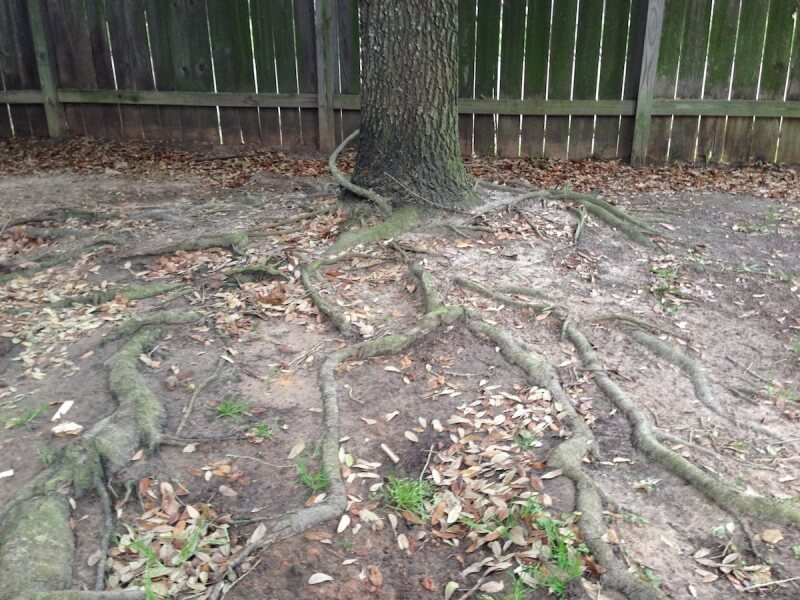
Oxygen deficiency can cause surface roots.
Roots need oxygen to keep the tree alive. In compacted soil, the roots grow up to the surface to get enough oxygen to maintain its survival.
Typically, trees with surface roots are attempting to absorb the resources it needs to adjust to conditions that aren’t ideal for the overall soundness of the tree.
How do you deal with surface roots?
IMPORTANT, avoid cutting surface roots!
Regardless of how alluring it may seem, don't cut the surface roots. Any cuts can introduce sicknesses and harmful bugs and insects to the inside of the tree. Furthermore, these cuts can likewise affect a tree's steadiness, making it at risk to fall over.
Cutting roots can also kill numerous small "feeder roots" that permit the tree to retain water and supplements, prompting the potential demise of the tree.
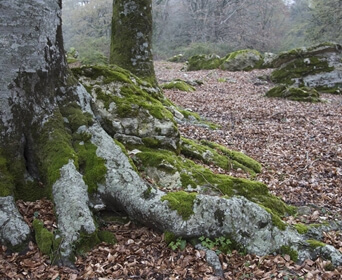
Apply a compost mix at the bottom of the tree.
By blending equal pieces of topsoil with compost and applying two inches of the combination around the base of the tree helps manage the growth of surface roots. If surface roots continue to produce, add another two inches of the combination and reseed.
Keep in mind, there is a danger of ‘choking out’ the tree if you add more soil to the zone over the roots, so don't do it!
Planting drought-tolerant groundcover under the tree is another suggestion to keep in mind, avoiding the need to mow around surface roots.
Use mulch to cover surface roots. The most ideal decision is to put down four inches of mulch made of wood chips over the tree roots. This helps level the zone while keeping roots cool and sodden while permitting them to absorb needed resources.
Once more, don't put down more than 4 inches of mulch, as putting too much can add a risk of blocking the absorption of resources.
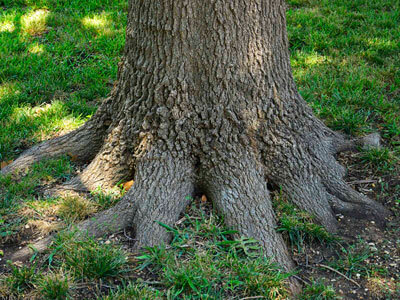
Try not to plant trees with shallow root systems, pick trees with deeper root systems.
A few trees are more bound to create surface roots than others. When choosing a tree, try to maintain a strategic distance from notable surface rooters like aspens, beeches, waterway birches, certain maples (red, silver, sugar, Freeman, and Norway), pin oaks, tidies, and willows. These trees have characteristically more shallow roots and are bound to represent an issue in your landscape.
A few trees have deeper root frameworks. These trees will lessen the chance of the production of surface roots. Dark gum, blue map book cedar, ginkgo, brilliant downpour tree, horse chestnut, certain oak assortments (red, swamp white, white, and willow), planetree, yellowwood, and zelkova are the most ideal choices.
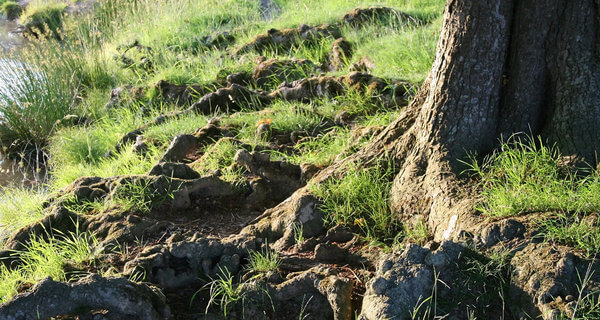
Try not to plant your tree too deep or close.
Surface roots won't be completely halted by deeply planting your tree. It is generally recommended to plant trees two inches above grade. Also keep in mind, trees need room to grow. If you have a cleared surface close by, give your tree space to best avoid the need for trees to produce surface roots.
There is a wide assortment of techniques available to oversee the growth of tree surface roots. The experts at treedoctors.ca can assist you with making the best decisions for your trees, and help care for their general wellbeing!
